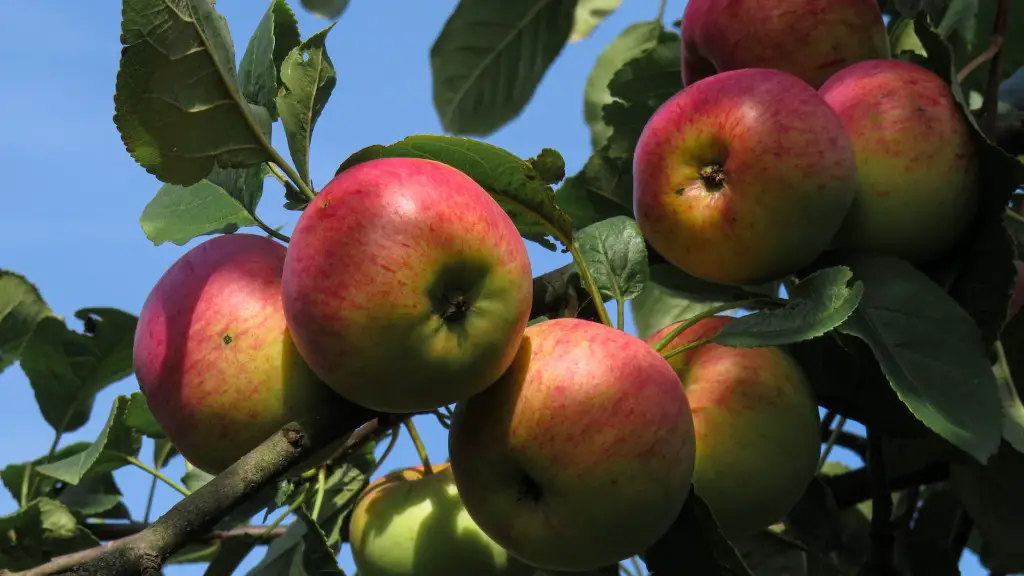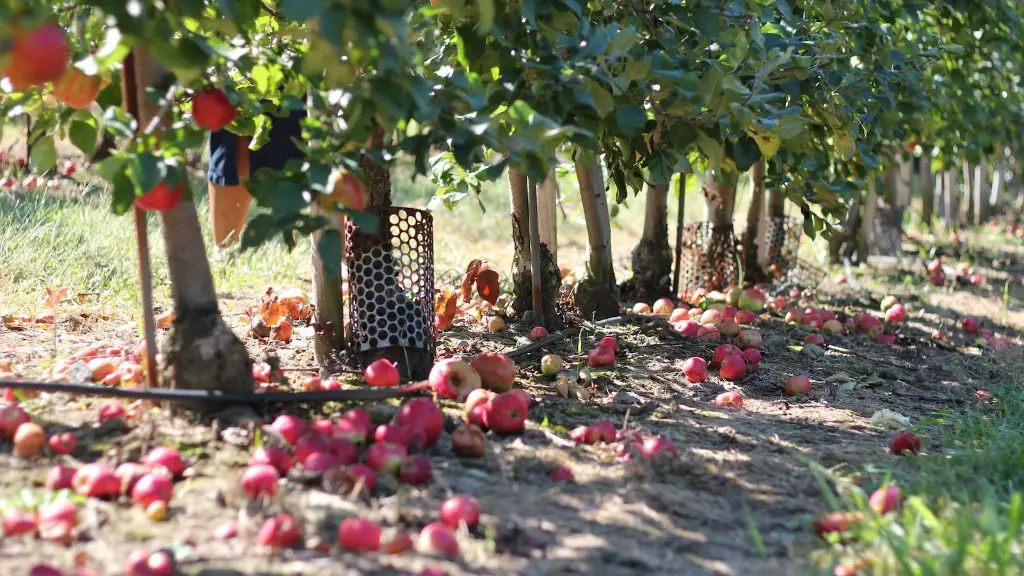Planting a rose apple tree is surprisingly easy and can provide you with years of stunning flowers and delicious, juicy fruit. Here’s all you need to know on how to get started.
Firstly, you need to decide where to plant your rose apple tree. Make sure to choose a location with full sun, such as an open field or garden where it will receive at least 6 hours of sunlight a day. Avoid planting in wet or waterlogged areas. Also, take into account how much space the tree will take up when it matures, as rose apples can grow up to 20 feet tall.
Once you have chosen the right location, you’re ready to purchase your rose apple tree. Look for a healthy and pest-free, nursery-grown tree, with overall green foliage. Don’t worry if you don’t find a fruit-bearing tree – they often don’t begin fruiting until they are several years old.
When you take the tree home, make sure to handle with care and get it into the ground as soon as possible. Dig a planting hole about twice the depth and twice the width of the root ball, and mix in a generous amount of organic matter such as compost or manure.
Place the tree in the planting hole, and start filling in the soil around the roots. Make sure to pack the soil around the roots and use your foot to further compress it. Water the tree well and mulch around the base to keep the soil moist.
Finally, make sure you prune your tree in early spring to remove any dead, damaged or crossing branches that can affect the growth of the tree. Also, if you want to be sure that your tree fruits well, you need to fertilize it once a year with a balanced fertilizer. Also, you will need to water the tree regularly to keep the soil moist and to help the plant absorb more nutrients.
Now you’ve set your rose apple tree up for a long, fruitful life and it’s time to enjoy its beauty and delicious fruit. Have fun!
Best Soils for Rose Apple Tree
In order to get the best growth from your rose apple tree you must make sure to select the best type of soil. The ideal soil should be light, well-draining, slightly acidic and nutrient rich. Sandy loam and loam soils are the best for the growth of rose apple tree. Avoid heavy clay soils and poorly drained soils as they can cause problems for the tree. If your soil isn’t ideal, you may need to mix in some organic material such as compost or manure to improve the soil’s texture and drainage.
Rose Apple Tree Diseases
Rose apple trees are quite resilient, but they may be affected by some diseases if they are mismanaged or neglected. Some common diseases of rose apple trees are powdery mildew, anthracnose, gummosis and leaf spot. If you notice any signs of disease, it is important to take action immediately to avoid any major damage to the tree. Regular maintenance and preventative practices such as pruning, proper watering, and using disease-resistant varieties can help lessen the effects of disease.
Harvesting Rose Apple Tree
Rose apples are usually ready to harvest from late summer to early fall. Before harvesting, test the fruit for ripeness by gently pressing the skin with your fingertips. If the skin gives slightly, it’s ready to be picked. Be careful when harvesting so you don’t damage the tree’s branches; use a ladder if necessary. You can also cover the tree with a large tarp as protection from birds and other animals.
When to Prune Rose Apple Tree
Pruning your rose apple tree can be a daunting task, but it is essential for its health and proper development. Pruning serves multiple purposes, such as removing dead, diseased or damaged branches, correcting the tree’s shape, and increasing the amount of light and air circulation in the canopy. The best time to prune your rose apple tree is in late winter or early spring when it is still in its dormant stage. Also, make sure to use sharp, clean pruning tools and practice proper sanitation while pruning to avoid spreading illnesses.
Grafting Rose Apple Tree
Grafting is an essential propagation technique used by many fruit tree growers. Grafting is the process of attaching a shoot of one variety of a tree onto a rootstock of another. Grafting can be used to improve the quality or quantity of a tree’s fruit, as well as to increase disease resistance and cold tolerance. You will need to choose the right rootstock and scion, then carefully prepare and graft them together. Successful grafting requires practice and patience; if done correctly, your rose apple tree should begin producing fruit within a few years.



